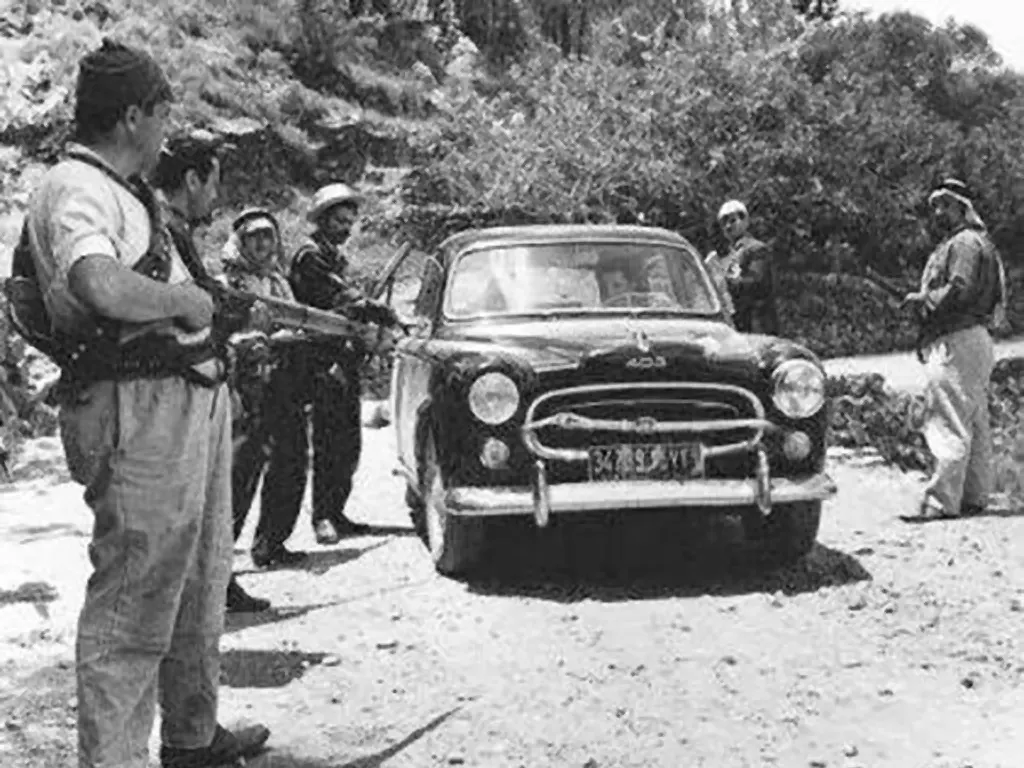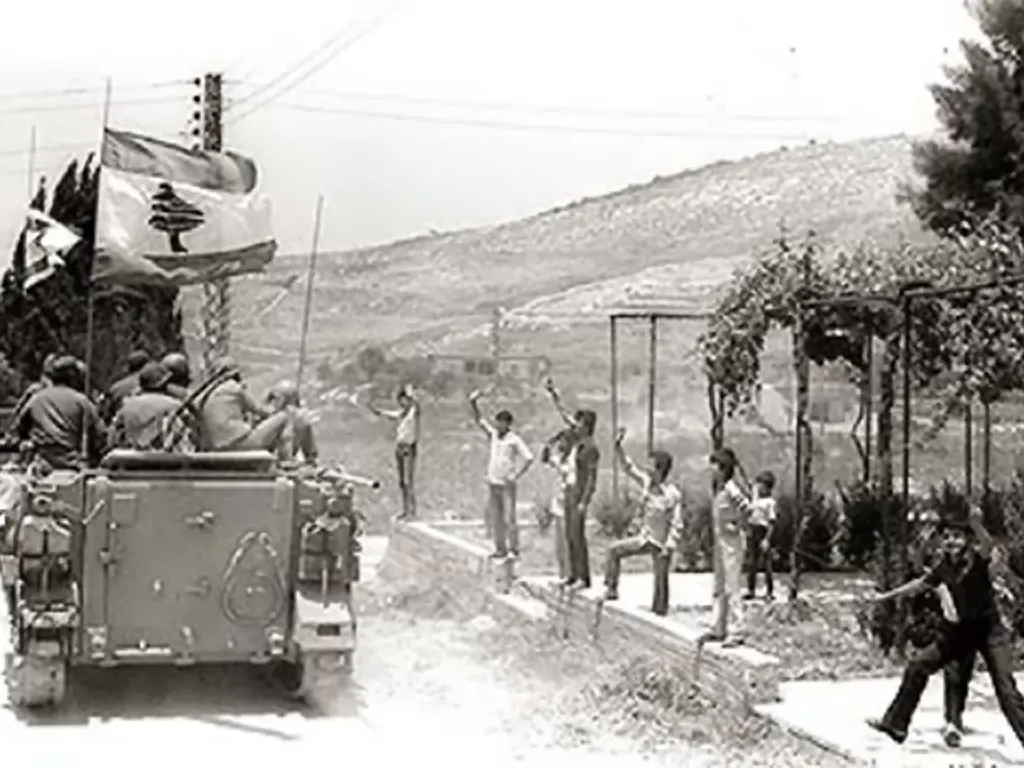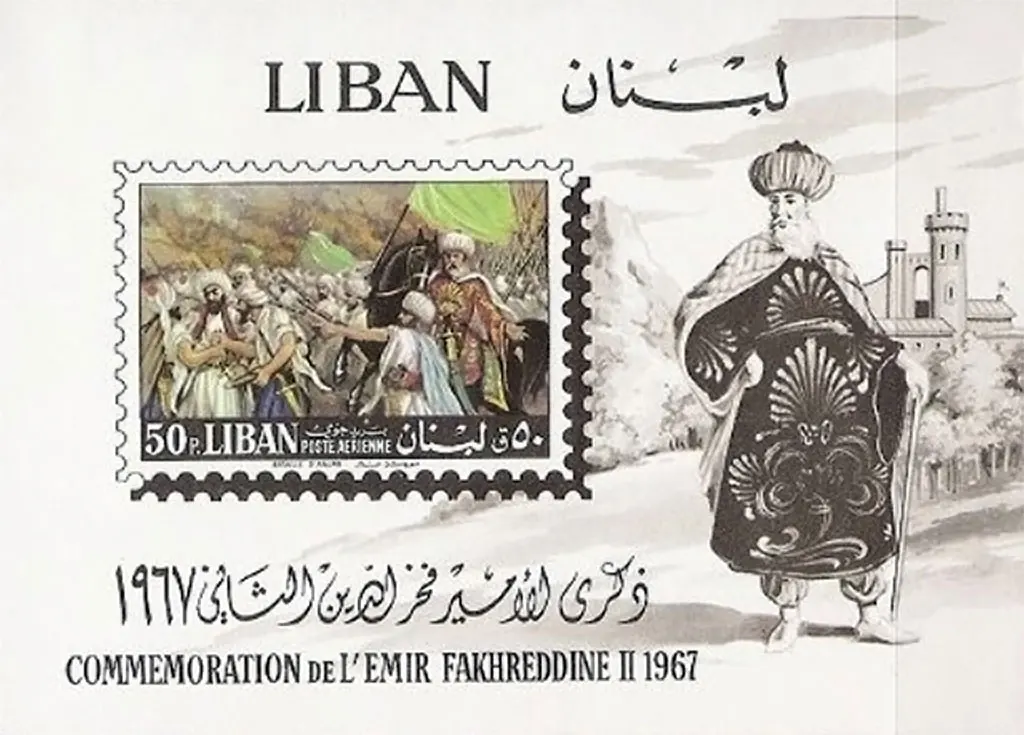Ancient Time
I wonder what the Lebanese mountains where like during the Stone Age, when the Lebanese coast and the Beka’ Valley plains thrived with communities and villages during the New Stone Age or Neolithic, roughly 7,000 to 9,000 years ago.
Ancient records show that by about 2,800 BC, cedar timber from Byblos was being traded for metals and ivory from Egypt. By about 1,100 BC the northern Canaanites later known as The Phoenicians developed the first alphabet and mastered the art of navigation, and they dominated the Mediterranean Sea trade for 400 to 450 years.

When King Hiram (980–947 BC) of Tyre sent a trade mission to King Solomon (971-931 BC), he provided him with cedar logs and with stonemasons and carpenters to build a palace for the Lord (1 Chronicles 14:1). The village elders carried stories from long ago that an encampment was established in the area just below the Cedar Grove, above the village. The workers would go up to the forest during the day to harvest the lumber needed for the temple.

The Assyrian king Sennacherib (704-681 BC) also wanted to build a "Palace without a Rival" and for this beams of cedar were needed. Stories about the King’s soldiers’ encampment in Ftah Kamar (فتاح قمر), on the hill at the bottom of the cedar grove, are still alive today! The encampment became a village. The village expanded to around the hill to Kafra and the current location of Ain Zhalta.
Some residents of this village, like the residents of other villages in the Lebanese mountains, can trace, or think that they can trace their family origin to centuries past. Stories were told and passed on from generation to generation. I must admit that I was always in awe when someone from the village relates the present to events that are centuries old. For example, when tensions between Christians and Druze villagers arise, whatever is the reason, either party is a quick to relate it to the massacres of 1860.
Ottoman Occupation
In the 1500’s, during the days the Ottoman Empire rule extended to Lebanon, the Ma’an Emirs in charge of the region ruled with some autonomy. The village had commoners, which were probably a majority of Maronite Christians as well as some Druze commoners. Power and land ownership belonged to a handful of families whose power was derived from other powerful families who ruled the land. These families reported through their power hierarchy of the times to the dynasties that ruled the country; the Ma’ans (1516-1697) and the Shihabs (1697-1842), both Druze families.
One Maan Emir, Fakhr al-Din II (1572–1635), a tolerant Europeanized Druze, introduced Western-style development. He ruled from 1586-1635. The Shihab Emirs, who ruled later, converted to Christianity and became Maronite. Under Bashir II (1788-1840), the Christians turned against their Druze neighbors in an attempt to consolidate their power. During battles in 1860, the Druze massacred more than 10,000 Christians, mostly Maronites.
1860 Massacres
What was it like in Ain Zhalta during those times? Did anyone in the village get massacred? I recently asked this question to several people in the village to see how this history of strife between the people of the same community plays out in the group memory of the village. Everyone I spoke with said that probably not much happened here. But the answer always depends on whether you speak to a Christian or Druze. Any Druze is quick to tell you that the problem started in Deir al Qamar and quickly spread to the rest of Mount Lebanon until it finally reached Zahlé. The Hemaide family of Ain Zhalta is one Druze family that is founded by those Hemaide family members that escaped being massacred in Deir al Qamar. The main village feudal families at the time were ‘Imads, Talhouqs, and Nakkads.
Many other Druze families came at that time to the Shouf mountains from Wadi Al-Taym; an area in South-East Lebanon that was settled by the Druze who were running away from Sunni persecution. Other Druze families who settled in Ain Zhalta during those times are Eid, Zay’our, Hamed, Karame and Kaboul families.

There were also several Jewish families. Village records show only one family: Al‘Addis. The Christian families were the Moushantaf who came from Byblos (Jbeil). The Khouri is branch of Moushantaf family who came from the same area. Several Khouris emigrated to Seattle and Wenatchee, Washington, USA. The Moughabghab family emigrated from Ghabgheb which is a town in Haouran, a district in Syria, and settled in Ain Zhalta. Several of the Moghabghabs emigrated again to Egypt and to the USA where many of them live today.
An important event took place right after the religious wars of 1860: Mrs. Elizabeth Bowen Thompson, née Lloyd (1812/13–1869) came to Lebanon and Syria from the U.K. to set up schools for the widows and orphans left by the 1860 massacres. She founded the Lebanese Evangelical School in the village in 1867.
The European powers influenced the Lebanese political scene to bring about peace and prosperity. Cities were booming with Beirut becoming a great center of learning and diplomatic activity. Villages were once again living in relative peace and prosperity. It was during that period that Mount Lebanon enjoyed autonomy – the saying “Happy is he who possesses even a goat’s enclosure in the Lebanon” became a common saying!
The prosperity attracted people from all over – Druze moved as far north as Brumana, Shiites came from the Baalbek region toward Kessrwan and Jbeil, Maronites moved further south into Jounyeh and Beirut. Despite prosperity, the promise of prosperity from the new world was appealing to many. Emigration from Ain Zhalta continued at the turn of the century. Several of the Village sons from the Moghabghab, Khouri, Kabboul, Hamed and Zay’our families left for the USA.
One of the Ain Zhalta immigrants was Faduel Moghabghab, whose words interpreting Psalm 23 became memorialized through the publication of the book “The Song of our Syrian Guest”, by William Allen Knight. The book can be previewed and ordered through Amazon.com.
Great War (WWI)
World War I (1914-1918) interrupted prosperity of the land with chaos and famine. Many people emigrated so they could survive and send back help to support their families.
One third of the Lebanese population died in WWI under the Ottoman occupation.
The breakup of the Ottoman Empire after the war gave way to the French to take mandate over Lebanon. The French combined the Christian and Druze Lebanon Mountains with the mainly Muslim coastal plain (formerly Phoenicia) and the Muslim Beka’a (including some of the Anti-Lebanon mountain ridges) to form "Greater Lebanon”, thus marking the creation of Lebanon as it is known today.
Lebanon became independent in 1943. With independence, Lebanese political leaders forged an unwritten National Pact which designed to promote cooperation and conciliation among the rival religious groups. The concept of a confessional or sectarian democracy was unique to Lebanon.
1958 Skirmishes

In May 1958 internal tensions were high when President Camille Chamoun provoked political foes, especially Druze and Sunnites, by challenging the constitution in an attempt to gain a second term. A short civil war erupted. The United States, fearing the war's effect on the wider region, landed 14,000 Marines on beaches south of Beirut on July 15 . The Marines' presence helped stabilize the country, and by early August the fighting was finished. In three months of warfare, an estimated 2,000 to 4,000 people were killed.
Ain Zhalta is the gateway to the Shouf district from the North and was home to President Chamoun supporters. Ain Zhalta was also home to a key Chamoun deputy, Na’im Moughabghab, who was assassinated during the conflict. The Lebanese army was dispatched to keep the peace.
1975 Civil War

April 13, 1975 civil war broke again – this time it was on a large scale. Today, Lebanon is still struggling to deal peacefully with some of the same issues that fueled the civil war. The 1975 – 1990 war claimed thousands of innocent lives. Ain Zhalta.com will seek to collect the history of the village during the Civil War. I am sure that there are accounts and opinion that we can learn from.
Another Christian-Druze Conflict
There were many dark days during the civil war when many innocent people lost their lives. Political leaders, prominent and ordinary citizens were killed. The country was spiraling into further bloodshed and madness. One such dark day in the history of the country was the assassination of Kamal Joumblat March 16, 1977. The dark day turned particularly darker and uglier because some of the Druze folks played into the hands of the conspirators when they lashed out against innocent Christians in the Shouf district. It was clear as the day’s light that the Christians were not behind the assassination so what can justify killing 250 Christian civilians?
Most of the killings took place in the towns of Barouk, Mazra’et El-shouf, Ma’aser El-shouf.
Between 1980 and 1983 the following Christian residents of Ain Zhalta were kidnapped and murdered in cold blood: Rashid Shalhoub, Hassib Moufarej, Suleiman Moufarej, Milhim Sha’ia and his family. It is not known who the killers are.
1982 Israeli Invasion
When the Israel Defense Forces (IDF) crossed into Lebanon on June 6th to deal a blow to the Palestinians, they were surprised by the lack of resistance to their advances. South Lebanon's Shiites had long suffered under Palestinian domination, and Shiite villagers welcomed the advancing Israelis by showering them with rice and flowers. This welcoming homage was later repeated by the Druze and Christian populations which lent credence to the concept that the Israelis are liberating Lebanon from the Palestinian hold. Palestinian resistance proved tenacious which lead the Israelis to escalate their defenses. The IDF forces were striking the Syrian air defenses as well as Palestinian strongholds in Beirut.

IDF welcomed by some...

and probably not by others...

All did not go so smoothly however for the Israelis; on June 10th, an Israeli battle group of M60 tanks was leading the push to the highway when they ran into serious trouble between Ain Zhalta and Ain Dara...


